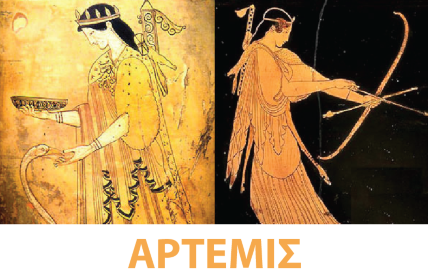Fire Detection and Management through a Multi-Sensor Network for the Protection of Cultural Heritage Areas from the Risk of Fire and Extreme Weather Condition

Firesense
The project aims to develop an automatic early warning system to remotely monitor areas of archaeological and cultural interest from the risk of fire and extreme weather conditions.
Since these areas have been treasured and tended for very long periods of time, they are usually surrounded by old and valuable vegetation or situated close to forest regions, which exposes them to an increased risk of fire. Additionally, extreme weather conditions (such as storms and floods) pose great risks for these sites. The proposed system will take advantage of recent advances in multi-sensor surveillance technologies, using a wireless sensor network capable of monitoring different modalities (e.g. temperature) and optical and infrared cameras, as well as local weather stations on the deployment site.
The signals collected from these sensors will be transmitted to a monitoring center, which will employ intelligent computer vision and pattern recognition algorithms as well as data fusion techniques to automatically analyze sensor information. The proposed system will be capable of generating automatic warning signals for local authorities whenever a dangerous situation arises.
Detecting the starting position of a fire is only the first step in fire fighting. After detecting a wildfire, the main focus should be the estimation of the propagation direction and speed in order to help forest fire management. FIRESENSE will provide real-time information about the evolution of fire using wireless sensor network data. Furthermore, it will estimate the propagation of the fire based on the fuel model of the area and other important parameters such as wind speed, slope, and aspect of the ground surface.
Finally, a 3-D Geographic Information System (GIS) environment will provide visualisation of the predicted fire propagation. Demonstrator deployments will be operated in selected sites in Greece, Turkey, Tunisia and Italy.











